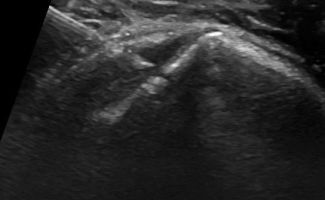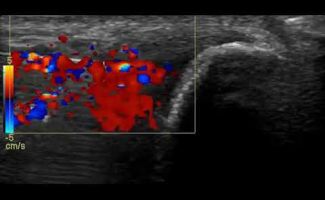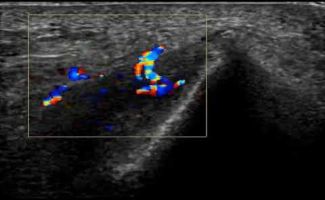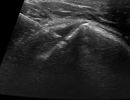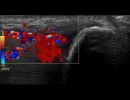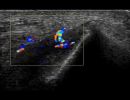What is PRP therapy, and what does it involve?
PRP is based on Platelet-Rich Plasma, which contains growth factors crucial for tissue regeneration and healing. The PRP technique involves extracting a small amount of the patient's blood, centrifuging it to separate the platelet-rich plasma, and then injecting the resulting plasma, guided by ultrasound, into the affected area.
How does PRP therapy work?
The goal of PRP is to deliver a high concentration of growth factors to the affected area, promoting tissue healing. To enhance the therapeutic effect, PRP is often combined with Dry Needling, performed before the plasma injection.
Laboratory studies have shown that PRP injection accelerates the healing process in sports injuries, musculoskeletal injuries, and degenerative arthritis.
For which conditions is PRP therapy suitable?
PRP injection can be used for treating a wide range of musculoskeletal pathologies and injuries, including:
- Tendon tears, especially partial thickness tears
- Epicondylitis in the elbow (tennis elbow, golfer's elbow)
- Muscle strains
- Tendonopathies (e.g., patellar tendon, Achilles tendon)
- Plantar fasciitis
- Sprains
- Early osteoarthritis
What are the results of PRP therapy?
PRP therapy has long-term effects, with patients typically beginning to see results about four weeks after treatment. One week after PRP injection, patients can start physical therapy in the area, enhancing the therapeutic outcome.
While PRP can yield results after the first treatment, depending on the extent of the damage, some patients may require repeated sessions.
The significance of ultrasound guidance in PRP therapy
Ultrasound guidance during PRP injection is a crucial factor for the accuracy and safety of the procedure. By continuously monitoring the needle's path in real-time, a specialized Radiologist ensures both the safe placement of the needle and the avoidance of vital structures. Ultrasound guidance guarantees that the PRP is precisely delivered to the desired location, avoiding surrounding tissues, nerves, and blood vessels.
The use of ultrasound not only reduces the risk of complications but also improves the outcomes of the therapy, as the injection is performed accurately in the affected area, rather than approximating the location.





